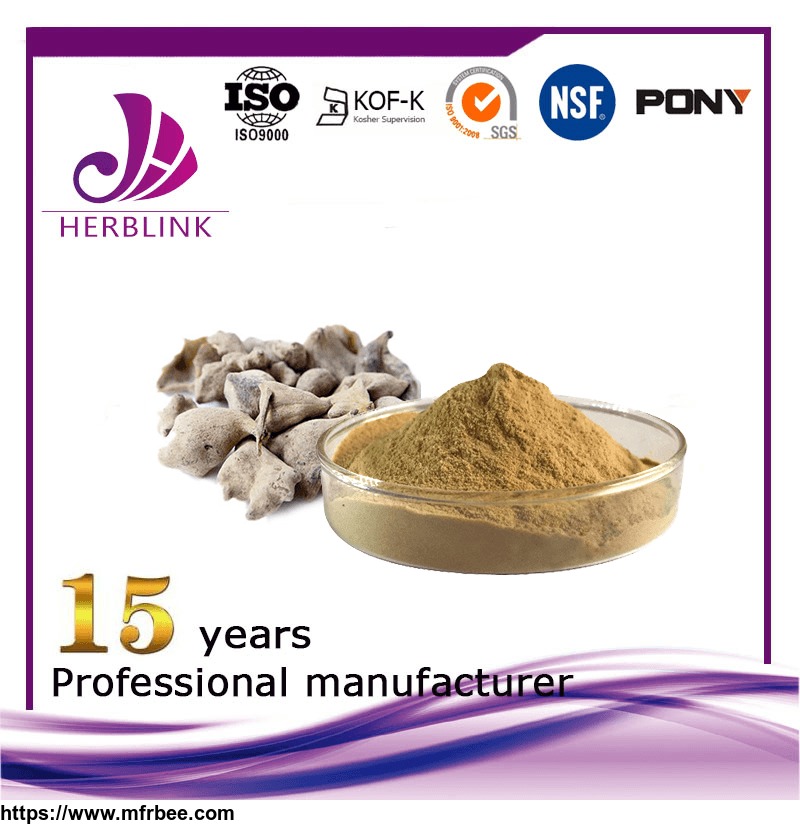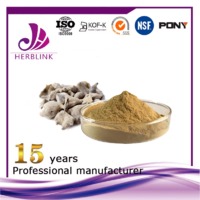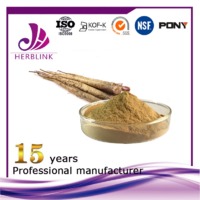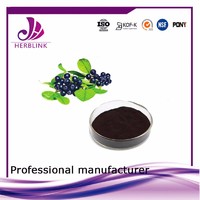Chinese Gallnut Extract detoxification buying in bulk wholesale
Product Quick Detail
- Place Of Origin
- China
- Minimum Order
- 1
- FOB Price
- USD $99.00 / Piece
- Packaging
- N/A
- Delivery
- 15 Days
Specifications
Latin Name:Galla chinensis
Synonyms:Chinese gall, Chinese gallnut, Galla chinensis, Gallnut of Chinese Sumac, Chinese Sumac Gall, Wu Bei Zi
Part of Used:Cecidium
Specifications:Tannic acid 92%-99%,Gallic Acid
Appearance:Brown fine powder
Application:clarifying agent of beer and wine,
What is Chinese Gallnut Extract?
Chinese Gallnut Extract, also referred to as Chinese gall (or nutgalls), is a plant excretion produced when irritants are released by the larvae of gall insects, such as those of the Cynipidae family, the gall wasps. A major commercial source of medicinal gallnuts is oak trees, which yield the Chinese herb moshizi, but a similar material is found on Chinese sumac (Rhus species), produced by the activities of a type of aphid; these galls are called wubeizi by Chinese herbalists. The plant secretes the liquid gall, comprised mainly of tannins, that hardens to become the \"nut.\"
Chemical composition of Chinese Gallnut Extract
Gallnuts from oak and sumac contain the highest naturally occurring level of tannin (gallotannin): 50-75%. They also contain 2-4% each of the smaller molecules gallic acid and ellagic acid (see structures next page) that are polymerized to make tannins. The tannin of gallnuts has been used for centuries for tanning of leather (a process involving coagulating proteins). Now, gallnut extracts are widely used in pharmaceuticals, food and feed additives, dyes, inks, and metallurgy. Gallotannin (comprised of molecules of gallic acid attached to a central glucose) is obtained from natural gallnuts by extraction with hot water; gallic acid is obtained by the hydrolysis of tannic acid with sulfuric acid. When heated above 220°C, gallic acid loses carbon dioxide to form pyrogallol; other chemicals in demand, such as propyl gallate, octyl gallate, dodecyl gallate, syringic acid, and trimethoxybenzoic acid, can all be made from gallnuts.
- Contact: yu zhang








